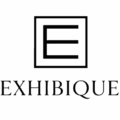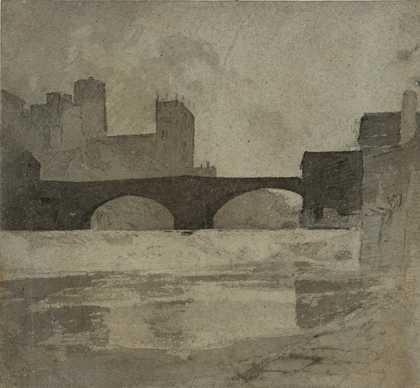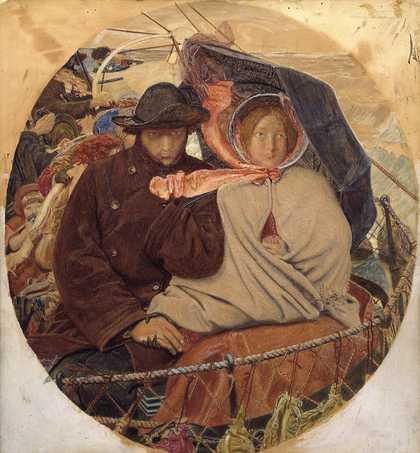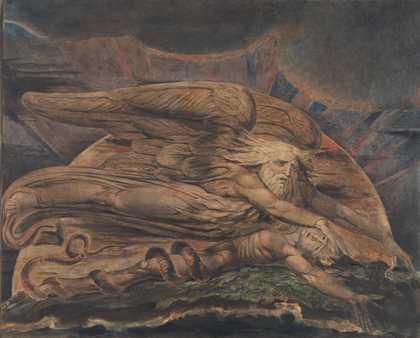7 April – 9 July 1922
Tate
The Liber Studiorum by Turner exhibition offers a unique glimpse into the artistic legacy of John Sell Cotman, an esteemed figure of early 19th-century British art. This professional presentation merges oil paintings, watercolours, and drawings, providing an all-encompassing appreciation of Cotman’s nuanced approach to landscape and monochrome compositions. The show, originally displayed at Tate Britain, highlights how Cotman’s work transitioned over time, displayed largely in chronological order to trace the evolution of his artistic vision.
The exhibition notably explores works dating back before 1820, emphasizing early development stages and the distinctive monochrome palette that influenced later landscape artists. Some of Cotman’s pieces, notably from the British Museum’s Reeve Collection, were made accessible during the exhibition period in the Print Room’s Exhibition Gallery, providing viewers with a rare opportunity to see these selections alongside the Tate’s holdings.
Visitors to the exhibit could experience how Cotman’s subtle treatment of light and landscape harmonized with his contemporaries yet maintained a unique distinctiveness — bridging the tradition of topographical illustration with a more expressive, personal artistry. Arranged thoughtfully along the long west wall of the gallery, the chronologically ordered watercolours invited viewers into a visual journey across varied geographic and stylistic themes.
For those interested in an in-depth exploration of John Sell Cotman’s works and contribution to British art history, the exhibition stands as an essential encounter. More information about the pieces and artist can be explored further on the official Tate Britain website.



